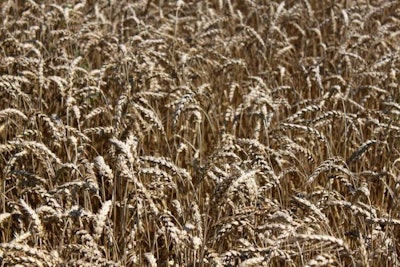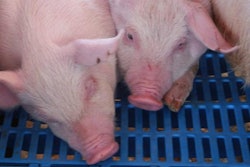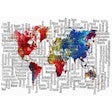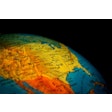
Grain and grass production in Finland were hit by adverse climatic conditions for a second successive year in 2018.
In 2017, heavy rain caused poor cereal harvests in Finland, but it was a prolonged drought that adversely impacted grain yields and scorched grasslands last year.
The 2018 cereal harvest was the worst for 26 years, according to the Natural Resources Institute Finland, Luke. The drought was most severe in the southwest of the Nordic country, which is the main grain-producing area.
At 2.7 million metric tons (mmt), the total cereal harvest was around 20 percent below the previous year, and that was below average as the result of an excess of rain.
Worst affected by the weather in 2018 was Finland’s rye harvest, which was 63 percent below the previous year’s level at 42,000 metric tons (mt). Wheat yields also suffered badly, reaching 495,000 mt, or 38 percent less than the 2017 figure.
The drought had less effect on the harvests of the country’s most important grains — barley was down 8 percent at 1.336 million mt, and oats yielded 818,000 mt, 19 percent below 2017.
In terms of grain quality, the 2018 winter and spring wheat harvests nationwide turned out to be rather better than in previous years. However, feed barley was poor, according to Luke’s data, and oat quality was badly affected by the weather, particularly for the larger-grained types that are valued as a “healthy” food in Finland and its export markets.
Fortunately for Finland’s cattle farmers, rains in the fall (autumn) of 2018 helped revive grass growth towards the end of the grazing season, according to Luke. Its latest statistics for 2018 point to hay and silage production in line with previous seasons.
The low rainfall and high temperatures experienced in Europe during last year’s summer continue to impact livestock and feed producers in the region.
In December, a shortage of wheat was forcing feed manufacturers to consider alternative raw materials.
The knock-on effects of the poor grain harvests have been felt particularly keenly by Finland-based meat firm Atria, which blamed a 37 percent fall in its profit in 2018 on higher feed costs.
Effects of last summer’ drought reached way beyond Scandinavia. In some areas of Ireland, there has been a shortage of forage as grass growth was inhibited by the lack of rain. Cattle farmers were forced to feed concentrates to cover their herd nutrient requirements at a time when they would normally be able to rely on supplies of silage.

















